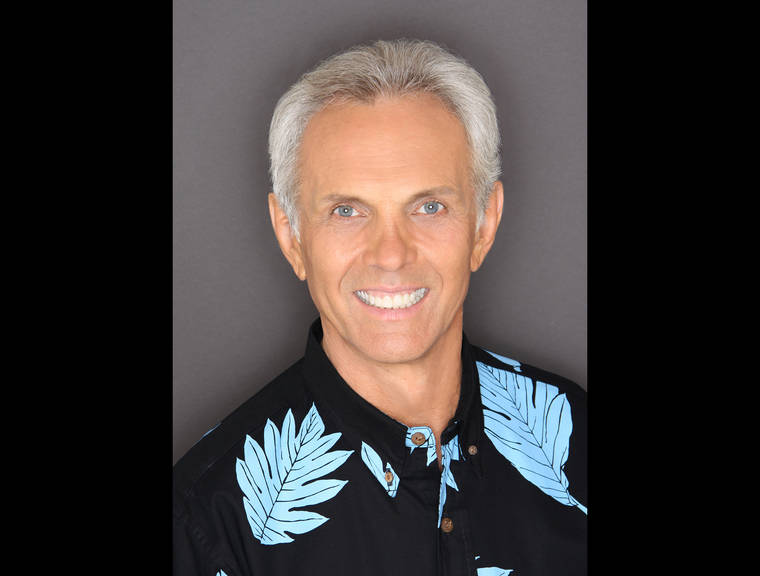Hawaii health care officials say the state’s hospitals are starting to be stretched thin as the COVID-19 outbreak reaches record heights.
Hilton Raethel, CEO of the Healthcare Association of Hawaii, addressed the state Senate Special Committee on COVID-19 on Thursday, saying that the number of coronavirus patients in hospitals is still not as high as earlier in the pandemic, but added that he believes the worst is yet to come.
Raethel said there are about 2,300 hospital patients statewide, 164 of whom are COVID-positive. Of those, 95% are unvaccinated, he said.
Raethel said that around last September, there were as many as 300 hospitalized COVID patients at once. However, he noted that because the current spike in COVID cases is primarily occurring in a smaller population — the approximately 40% of state residents who have not been vaccinated — the rate of infection is clearly far higher than it was last year.
“The infection rate today in the unvaccinated population is double than it was at the peak of the pandemic last year, and that rate is climbing,” Raethel said. “That is a very, very sobering thought. We know that a certain percentage of these people infected today will show up in our hospitals in seven to 10 days, and a subset of those individuals … will die.”
Raethel said there is no immediate shortage of hospital beds, although he mentioned that Kona Community Hospital requested five additional beds this week.
Raethel said the state’s main health care shortage is manpower.
Dan Brinkman, CEO of the Hilo Medical Center, said that unlike the surges last year, there are more people in the hospital right now for non-COVID-related reasons, putting extra strain on the staff, who have to be separated between COVID-positive and COVID-negative patients.
Raethel said the HAH, in conjunction with the Department of Health and the Hawaii Emergency Management Agency, has put in a request with the Federal Emergency Management Agency for funding to hire about 530 additional staff statewide.
Those additional hires — primarily nurses — will be brought on over the next several months and will work for about eight weeks at a time exclusively with COVID patients, Raethel said. But, he added, they will not arrive for at least another week.
“All indications are that we are not close to the peak of this surge,” Raethel said. “The infection rate is increasing, we’re looking at numbers like 6, 7, 8, 9, 10 percent, depending on the site and the day.”
Both Raethel and Brinkman said the ongoing pandemic is beginning to take a toll on the state’s medical personnel.
“Our hospitals have been dealing with this pandemic now for over 18 months, and it is really stressing staff, especially when vaccinations have been available for approximately eight months and, overwhelmingly, as I just mentioned, the COVID patients showing up in hospitals are unvaccinated,” Raethel said. “And that’s very disheartening for our teams of health care workers when they are putting themselves and their own families at risk, even when most of them are fully vaccinated, because they have to deal with these unvaccinated, COVID-positive patients.”
“Our biggest concern is not a big wave of COVID-related deaths, it’s more the general strain on our system and the ability to provide the health care systems our communities need, in addition to handling this new strain of COVID,” Brinkman said.
“There’s also the potential that the longer this goes on, there could come out a variant that we’re less protected from. That’s the risk of carrying this pandemic on and on and on and not having people vaccinated. …The longer we don’t handle this pandemic, the more at risk we are that we’ll be right back where we were before.”
Email Michael Brestovansky at mbrestovansky@hawaiitribune-herald.com.






